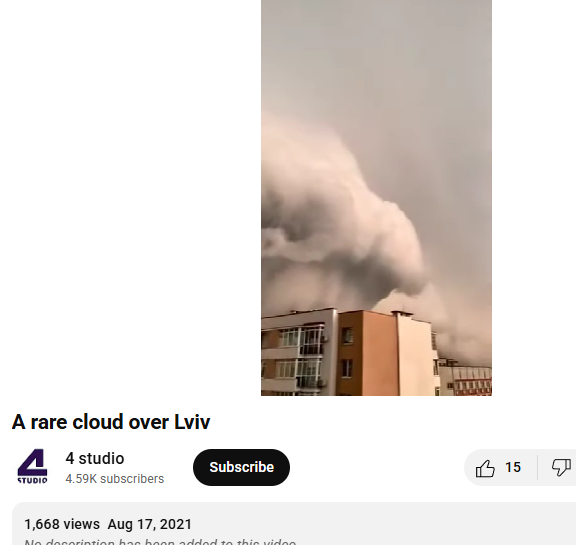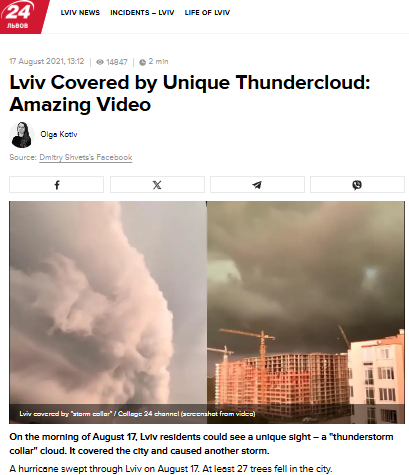#FactCheck - "Deep fake video falsely circulated as of a Syrian prisoner who saw sunlight for the first time in 13 years”
Executive Summary:
A viral online video claims to show a Syrian prisoner experiencing sunlight for the first time in 13 years. However, the CyberPeace Research Team has confirmed that the video is a deep fake, created using AI technology to manipulate the prisoner’s facial expressions and surroundings. The original footage is unrelated to the claim that the prisoner has been held in solitary confinement for 13 years. The assertion that this video depicts a Syrian prisoner seeing sunlight for the first time is false and misleading.

Claim A viral video falsely claims that a Syrian prisoner is seeing sunlight for the first time in 13 years.


Factcheck:
Upon receiving the viral posts, we conducted a Google Lens search on keyframes from the video. The search led us to various legitimate sources featuring real reports about Syrian prisoners, but none of them included any mention of such an incident. The viral video exhibited several signs of digital manipulation, prompting further investigation.

We used AI detection tools, such as TrueMedia, to analyze the video. The analysis confirmed with 97.0% confidence that the video was a deepfake. The tools identified “substantial evidence of manipulation,” particularly in the prisoner’s facial movements and the lighting conditions, both of which appeared artificially generated.


Additionally, a thorough review of news sources and official reports related to Syrian prisoners revealed no evidence of a prisoner being released from solitary confinement after 13 years, or experiencing sunlight for the first time in such a manner. No credible reports supported the viral video’s claim, further confirming its inauthenticity.
Conclusion:
The viral video claiming that a Syrian prisoner is seeing sunlight for the first time in 13 years is a deep fake. Investigations using tools like Hive AI detection confirm that the video was digitally manipulated using AI technology. Furthermore, there is no supporting information in any reliable sources. The CyberPeace Research Team confirms that the video was fabricated, and the claim is false and misleading.
- Claim: Syrian prisoner sees sunlight for the first time in 13 years, viral on social media.
- Claimed on: Facebook and X(Formerly Twitter)
- Fact Check: False & Misleading



.webp)
.webp)




